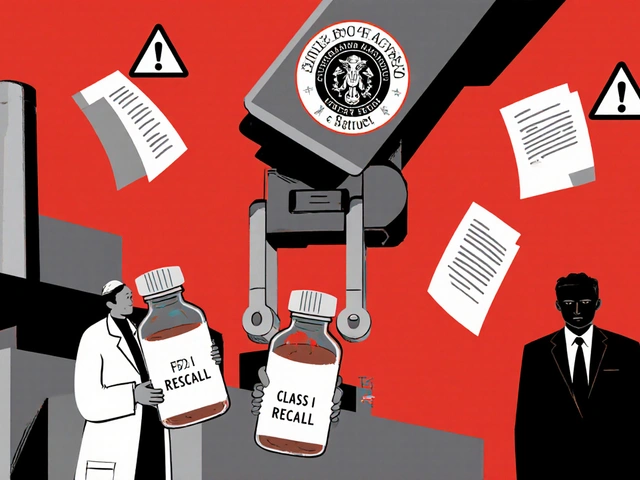Vascular Disease: Simple Facts and Smart Tips
Vascular disease means there’s a problem with your blood vessels, like arteries or veins, that carry blood around your body. When these vessels get narrow or blocked, it can mess with how blood flows and cause serious issues like pain, numbness, or even more dangerous events like strokes or heart attacks.
So, how do you know if you might have a vascular problem? Common signs include leg pain when walking (called claudication), cold feet, slow-healing sores, or swelling. Sometimes, you might notice color changes in your skin or feel weak in your limbs. These symptoms happen because your blood isn’t reaching parts of your body properly.
How to Keep Your Blood Vessels Healthy
First off, lifestyle matters a lot. Quitting smoking, eating a balanced diet low in saturated fats, and staying active can improve blood flow and protect your vessels. Managing your blood pressure and cholesterol is another key step. High numbers in these areas strain your vessels and speed up damage.
Doctors often use medications to help open up blood vessels or stop clots from forming. Depending on your situation, they might suggest drugs like blood thinners or cholesterol-lowering pills. In some cases, surgery or procedures are needed to fix badly narrowed or blocked vessels.
When to See a Doctor and What to Expect
If you start noticing persistent pain, numbness, or wounds that won’t heal, it’s time to see a healthcare provider. They typically check blood flow using tests like ultrasounds or angiograms to pinpoint where blockages are. Early treatment makes a big difference and can prevent problems from getting worse.
Managing vascular disease might sound complex, but it’s mostly about paying attention to your body and working closely with your doctor. Simple habits and timely care go a long way in keeping your blood vessels working as they should and protecting your overall health.





